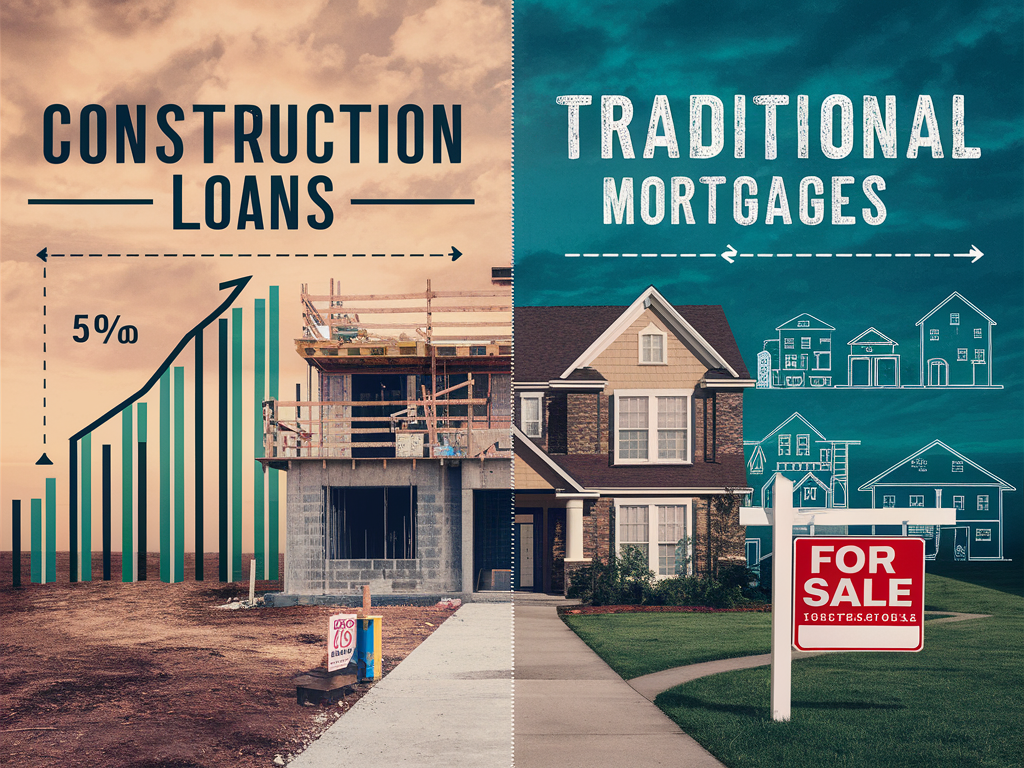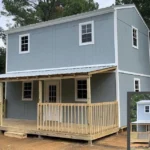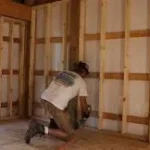Building a home can be a dream come true, but financing it can be complex. Homeowners often face a crucial choice: construction loans or traditional mortgages. Understanding the differences between these two options will help you make the right decision for your project and financial goals.

Content
What Are Construction Loans?
A construction loan is a short-term loan designed specifically to fund the construction of a home or major renovation. Unlike a traditional mortgage, which finances an existing home, construction loans are disbursed in stages or “draws” as the project progresses. Interest is usually paid only on the funds that have been disbursed, and repayment schedules vary depending on the loan type.
Types of Construction Loans:
- Construction-Only Loans: Cover the building process only, requiring repayment or refinancing after completion.
- Construction-to-Permanent Loans: Convert into a standard mortgage after the home is built, offering convenience and lower refinancing costs.
What Are Traditional Mortgages?
A traditional mortgage is a long-term loan used to buy an already-built home. These loans are typically offered as fixed-rate or adjustable-rate mortgages and are repaid over 15–30 years. Unlike construction loans, traditional mortgages are based on the existing property as collateral and are not tied to ongoing construction milestones.
Key Differences Between Construction Loans and Traditional Mortgages
| Feature | Construction Loan | Traditional Mortgage |
|---|---|---|
| Purpose | Financing home construction | Financing existing homes |
| Loan Term | Short-term (6–12 months) | Long-term (15–30 years) |
| Disbursement | Funds released in stages | Lump sum upfront |
| Interest Payments | Often interest-only during construction | Full monthly payments including principal and interest |
| Risk | Higher risk for lenders, higher rates | Lower risk, generally lower rates |
| Conversion | May convert to permanent mortgage | N/A |
Pros and Cons of Construction Loans
Pros:
- Flexibility to build your dream home exactly as you want.
- Staged funding ensures money is used efficiently.
- Interest-only payments during construction reduce short-term financial strain.
Cons:
- Higher interest rates than traditional mortgages.
- Short-term structure may require refinancing.
- More documentation and planning required.
Pros and Cons of Traditional Mortgages
Pros:
- Predictable long-term repayment schedules.
- Generally lower interest rates.
- Simpler approval process.
Cons:
- Limited to purchasing existing homes.
- No financing for custom home construction.
Which Option Is Right for You?
The choice depends on your goals:
- Construction Loans: Best if you want a custom-built home or are renovating a property extensively.
- Traditional Mortgages: Best if you want an existing home with predictable financing.
Tip: If you’re building a home from scratch, a construction-to-permanent loan is often the most convenient, as it combines construction funding with a long-term mortgage.
Conclusion
Deciding between a construction loan and a traditional mortgage is a critical step in your homebuilding journey. Understanding the differences, benefits, and potential drawbacks of each option ensures you make an informed financial decision. Whether you’re financing a custom-built dream home or purchasing an existing property, choosing the right loan type will help you achieve your homeownership goals with confidence.

Elena Mohr is a dedicated home blogger who has been blogging for over six years. She covers everything home related. Elena also loves writing posts about her travels to Europe with her husband and two children.











